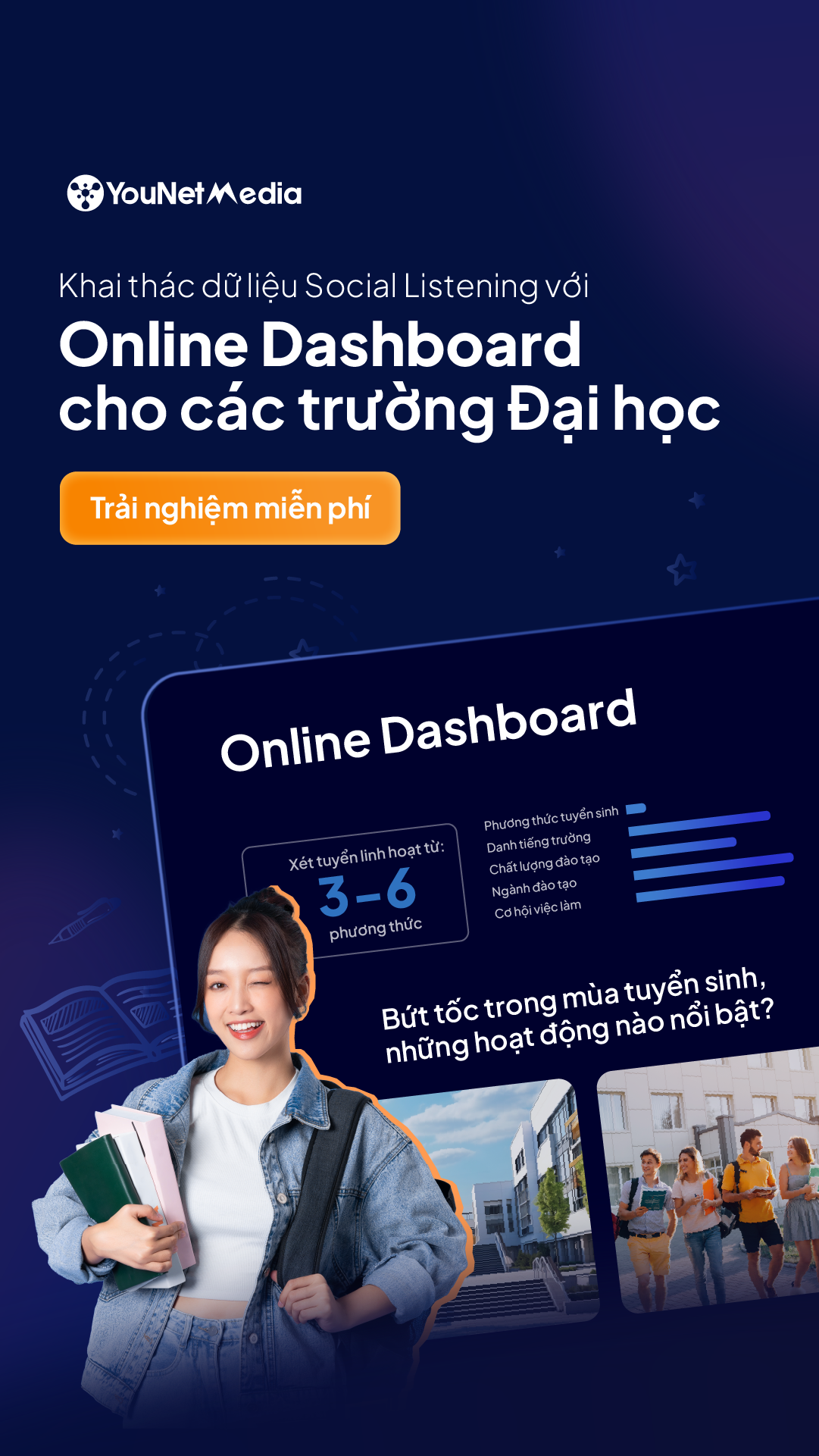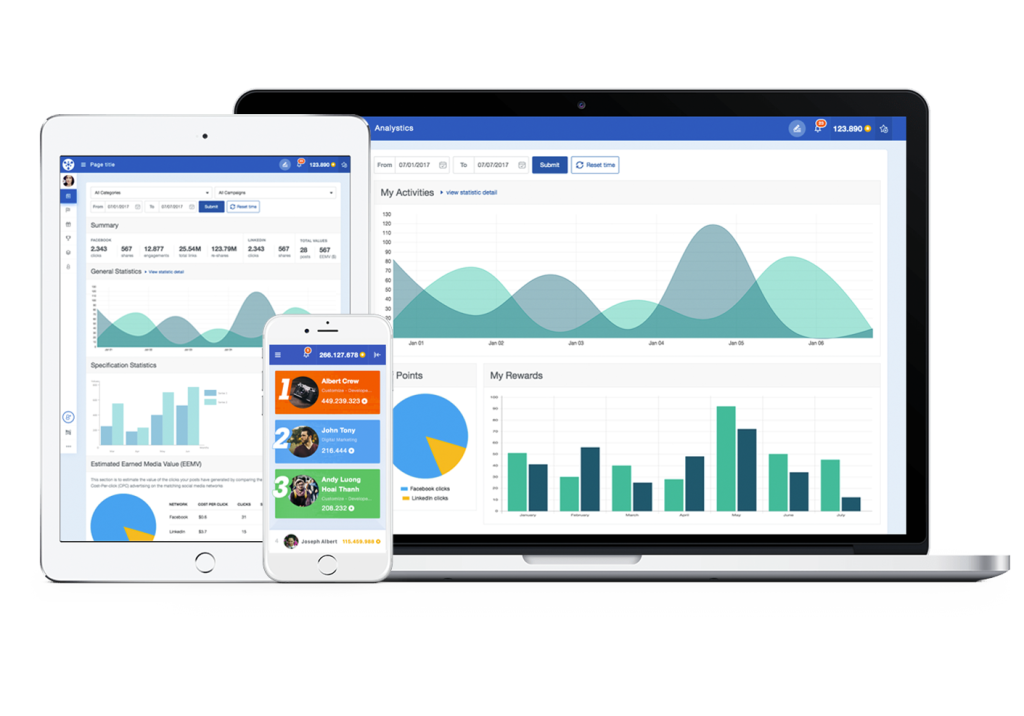1. Networking with other platforms
Building a large following requires a network of other platforms, working in conjunction to drive visitors to your fan page. One brand that does that well is Victoria’s Secret with their PINK line.
As you can see, on their PINK landing page they have a link to their Facebook fan page and their MySpace profile. Victoria’s Secret leverages the traffic their home page gets and pushes them to their Facebook fan page.
(Source: Mashable)

Many companies lack this level of dedication, expecting their consumers on Facebook to find them automatically. However, that’s not usually the case.
When is the last time you went looking for a brand’s Facebook fan page? More often than not, a consumer will stumble upon the page, either through a friend or from a hub, similar to Victoria’s Secret’s PINK page.
Understandably, the fact that the demographic targeted by Victoria’s Secret PINK, aligns exactly with the demographic that is most active on Facebook, has helped grow the group as well.
Key Takeaway: Connecting multiple social platforms and a hub from the brand website, can help funnel consumers throughout the network.

2. Creating a resource
Some pages are used as connection hubs, but others offer information pertinent to their consumers. They use the information as added value to have consumers create a connection with the brand.
Dell has done a great job with their social media resource for small businesses. Understanding that small business owners buy computers, by offering them this resource, small business owners interested in social media keep Dell top of mind.
Although, Dell can’t explicitly gauge the success of this program in ROI, it is a branding exercise. Also, since they offer deals and updates on new products on the page – the page does have a chance to convert small business owners into Dell consumers.
Key Takeaway: Offering a resource page allows a brand to target a new demographic, outside of those that already know and love the business.

3. Creating contests that include participation
For brands that want fan pages to have added value (a reason for users to join the page, aside from brand loyalty), but don’t want to become a resource portal; offering contests and coupons specifically to Facebook users can entice consumers to join.
Sears offered fans a $10 coupon to use in stores, giving consumers a reason to join. Clicking on the coupon takes you to a page where Sears collects your information and sends you information about the coupon, deals, and offers. There’s no way to make sure the coupon is given to only Facebook fans, however like Sears, brands can require an email before receiving the coupon.
Key Takeaway: Offering something to consumers to join can help build a large community. Some examples of things to offer: Coupons, free shipping, weekly deals.

4. Empowering pre-existing pages
One of my favorite stories about social media involves the Coca Cola Facebook page. The fan page was created by two users who liked Coke. What started as a fan page for fun, turned out to be the largest product fan page on Facebook.
Coca Cola, instead of taking over the page and making it their own, rewarded the fans by bringing them to Atlanta and giving them a tour of the Coke facility. The fan page remains theirs, but now they have the blessing and help of Coca Cola.
By empowering the fans to keep their fan page, Coke ensures a passionate page owner.
The Coca Cola marketing team was also smart enough to realize that letting others know what happened here would work in their favor. The fan page creators were told to make a video of the history behind the fan page, and how Coke had reached out to them and rewarded them for this.
The video shows future ‘brand enthusiasts’ that creating successful groups around Coca Cola can result in rewards and recognition.
Key Takeaway: Taking over unsanctioned Facebook fan pages isn’t always the best idea. Instead, rewarding dedication can inspire others to do the same.

5. Targeting the proper demographic
Sometimes no matter what you do, your Facebook page won’t grow. This can simply be a side effect of Facebook’s demographic. There are just some brands that will not have a strong presence on Facebook.
Understanding the demographic present can help you decide if Facebook is worth it for your business.
From Quantcast estimates, we can tell that Facebook skews towards female youths. Interestingly, 53% of users have kids and a majority make over $60k a year salary. Obviously, over 50% are college kids. The demographics that make up Facebook are changing quickly, as more moms have begun to join and the college market has become saturated — so be sure to keep checking up on demographic changes over time. As Facebook changes, your campaigns may need to change with it for maximum effect.

Armed with this knowledge, Seventeen Magazine jumped on to the Facebook fan page bandwagon. Their brand targets the demographic most prominent on Facebook, meaning a fairly quick and organic growth.
For companies whose brand does not target the optimal demographic, finding a specific line that does, works.
Consider the brand mentioned earlier in this article, Victoria’s Secret. Instead of putting the entire brand on Facebook, they targeted the PINK line, a line for college students.
Key Takeaway: Some brands cannot expect huge followings on Facebook. Brands or product lines targeting the demographic most prominent on Facebook tend to see the quickest growth.

I purposely did not talk about using advertising to increase the size of a fan page, because although it can be useful to jump start a fan page, organic growth can help build a more engaged group.
Creating a Facebook fan page is simple, but getting it to work well takes time, dedication, and some planning. Don’t expect to create a page and then have a huge following instantaneously. Build good content, make it easy to share, and let people know about it, and over-time the community will grow.






